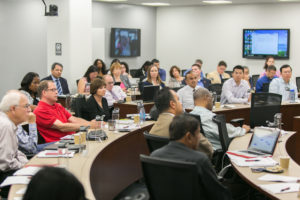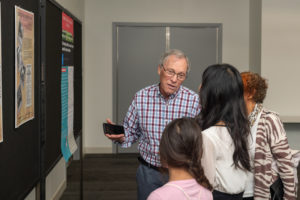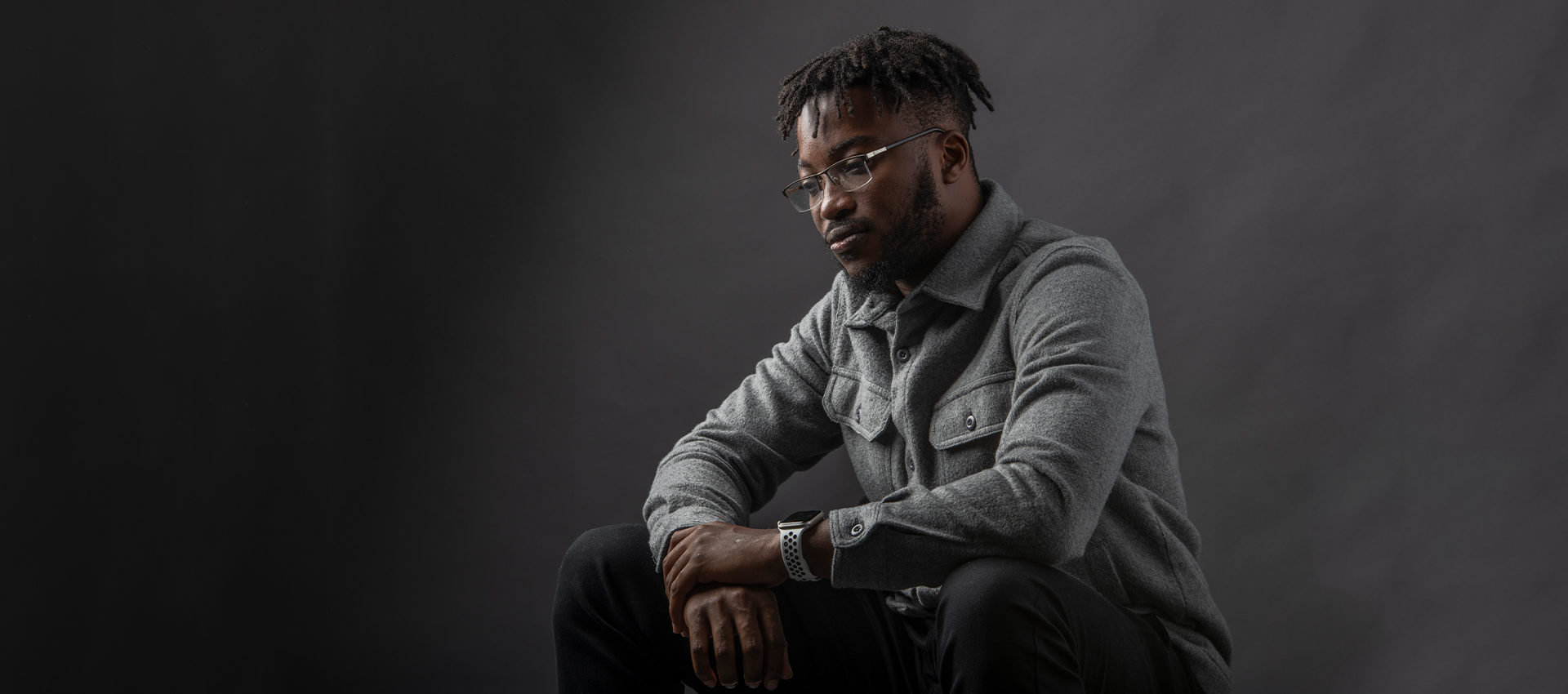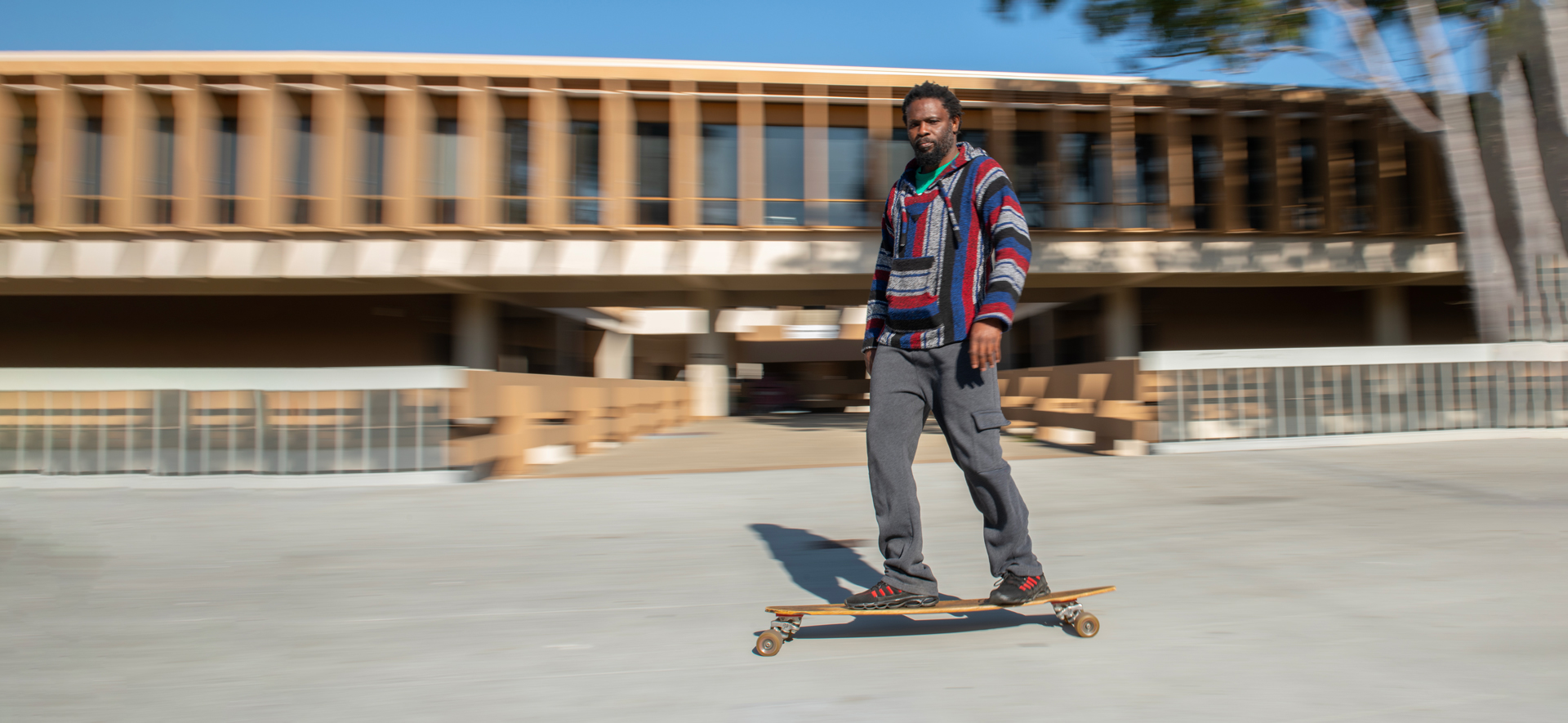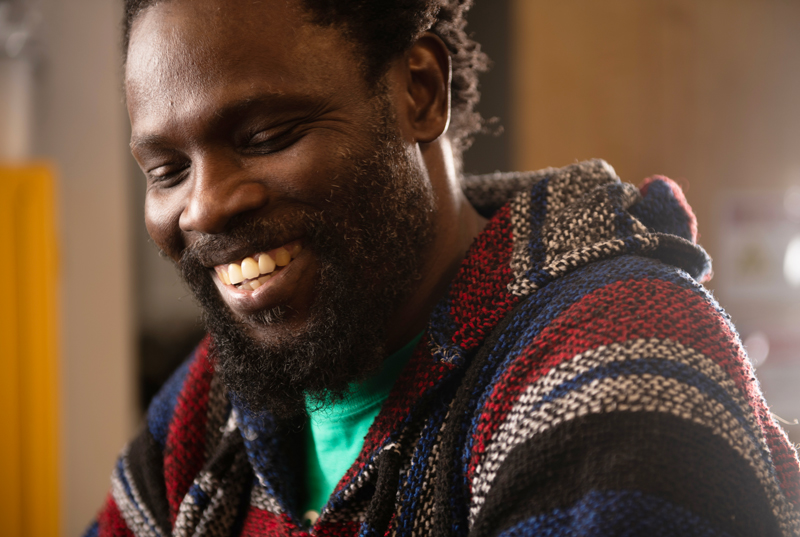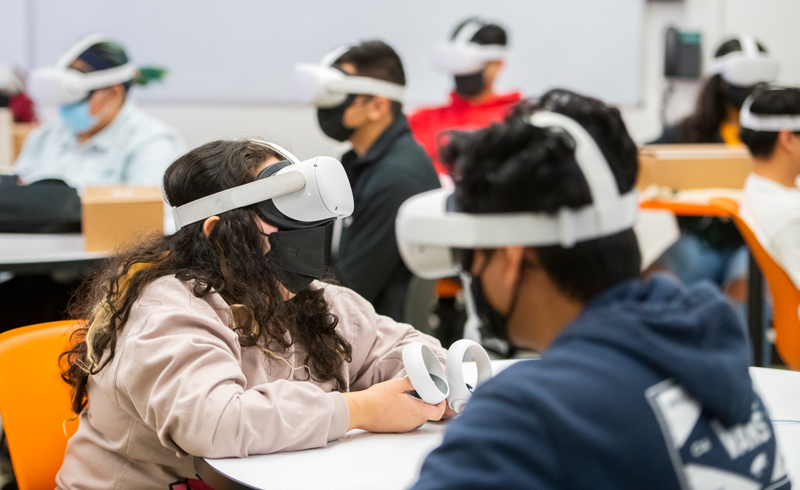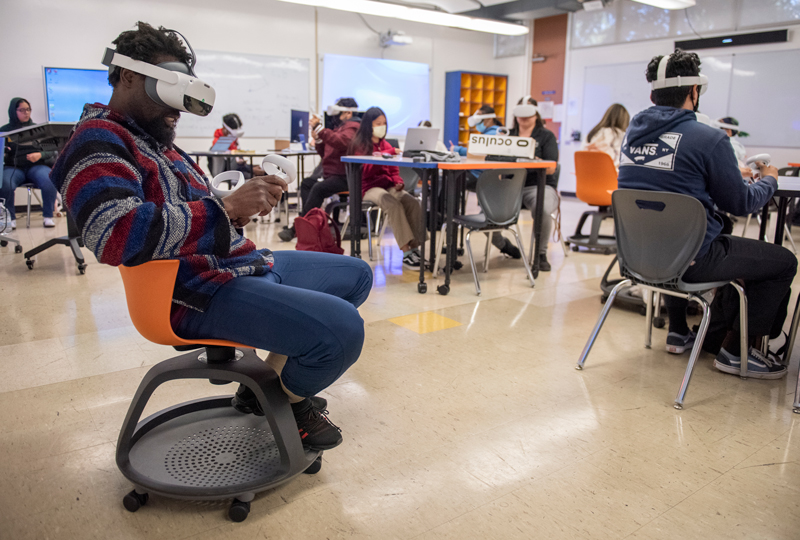Faculty News & Publications
News
Barbara Belmont
Lecturer of chemistry, Belmont was named an LGBTQ+ Trailblazer by Chemical & Engineering News, the newsmagazine of the American Chemical Society. The award recognizes her excellence in teaching as well as activism with Out to Innovate, a professional society dedicated to LGBTQ+ visibility and representation in the sciences. Belmont was one of 17 Trailblazers selected for 2022.
Gilah Yelin Hirsch
Professor emerita of art, Hirsch was honored with a retrospective exhibit at the Orange County Center for Contemporary Art in Santa Ana. Titled “The Archeology of Metaphor,” the exhibit featured work throughout her lengthy and varied career, from her earliest 1968 paintings to the present. Hirsch joined the Art Department faculty in 1973, taught at CSUDH for almost 50 years, and is considered one of the first feminist artists. The exhibit was accompanied by the publication of a book on Hirsch’s work, also titled Archeology of Metaphor (Skira Editore).
Bianca Murillo
Professor of history, Murillo received a 2022 National Endowment for the Humanities fellowship for her next book, Financing Africa’s Future: A Socio-Economic History of Ghana, 1950-1980. The awards support advanced humanities research by scholars at Historically Black Colleges, Hispanic-Serving Institutions, and Tribal Colleges and Universities. Murillo’s book will focus on the nation’s post-independence period, helping readers understand how the global economy works, and how banks, multinational companies, and global financial institutions have affected the economic aspirations and autonomy of places like Ghana.
Kenneth Seligson
Assistant professor of anthropology, Seligson was elected president of the Los Angeles chapter of the American Institute of Archeology (AIA). The AIA is North America’s largest and oldest nonprofit dedicated to the discipline, and works to advance awareness, education, fieldwork, preservation, publication, and research of archeological and cultural heritage sites worldwide.
Sonal Singhal
Associate professor of biology, Singhal was honored by the Society for the Study of Evolution (SSE) for her research work on lizard speciation. Her 2011 paper “Strong Selection Against Hybrids Maintains a Narrow Contact Zone Between Morphologically Cryptic Lineages in a Rainforest Lizard” was named one of the 25 top works in speciation research by women authors by Evolution, SSE’s prestigious international journal. Co-authored with Craig Moritz, former director of the Museum of Vertebrate Zoology at the University of California, Berkeley, the paper focused on a pair of lizard species living in a “hybrid zone” of the Australian rain forest.
Publications

Allan Colman
Colman, adjunct professor of marketing, published The Revenue Accelerator: The 21 Boosters to Launch Your Startup (Made for Success/Blackstone Publishing), an essential companion guide for entrepreneurs looking to make the leap from building their product to selling it.

Jonathon Grasse
Grasse, professor of music. wrote Hearing Brazil: Music and Histories in Minas Gerais (University Press of Mississippi), the first English-language historical survey of the area’s musical traditions. The book examines Brazilian instruments, genres, social functions, and historical accounts to help reveal the cultural territory’s development.

John C. Quicker
Quicker, professor emeritus of sociology, co-authored Before Crips: Fussin’, Cussin’, and Discussin’ Among South Los Angeles Juvenile Gangs (Temple University Press) with CSUDH alumnus Akil Batani-Khalfani (BA, ’85). The book is a sociological and historical examination of the origins of street groups in South Los Angeles, and draws on more than 30 years of original research.
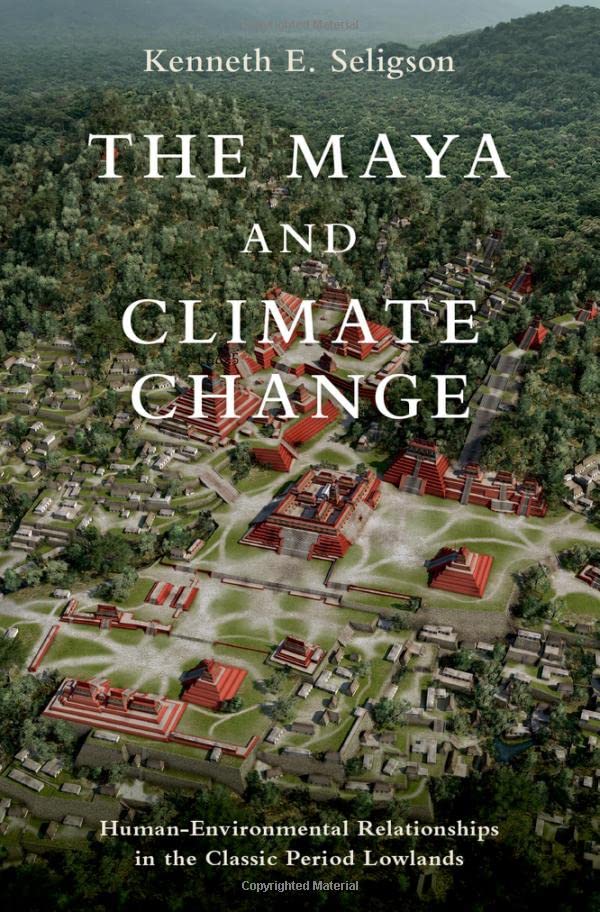
Kenneth Seligson
Seligson, assistant professor of anthropology, authored the book The Maya and Climate Change: Human-Environmental Relationships in the Classical Period Lowlands (Oxford University Press). The book details the most recent research on the ancient Maya’s relationship with the environment and its impact on their culture.

Laura Warrell
Warrell, Department of English lecturer, published her debut novel, Sweet, Soft, Plenty Rhythm (Pantheon Press). The book, which focuses on the women in the life of a philandering jazz musician, was highlighted in the Washington Post, Boston Globe, and Vanity Fair magazine, and was named a “Best Fall Book” by People.

